Hands of We Will Sing
Filmed over over the course of a year, 15 minute film Hands of We Will Sing traces the slow unfolding of Ann Hamilton’s creative process ahead of her vast, site-responsive installation for Salts Mill Bradford.
Working with Hamilton, curators June Hill and Jennifer Hallam, and songwriter and vocalist Emily Eagen, Ali sought to mirror the artist’s language and choreography of collaboration.
Hands of We Will Sing was commissioned by Bradford 2025: UK City of Culture and exhibited along side Ann Hamilton’s We Will Sing installation at the incredible Salts Mill in Saltaire West Yorkshire, from 3 May to 3 November 2025.
Director, Camera and 1st Editor Ali Hobbs. Director of Photography and film score Tom Diffenthal. Film Editor Lauren Dowling
Stills from Hands of We Will Sing


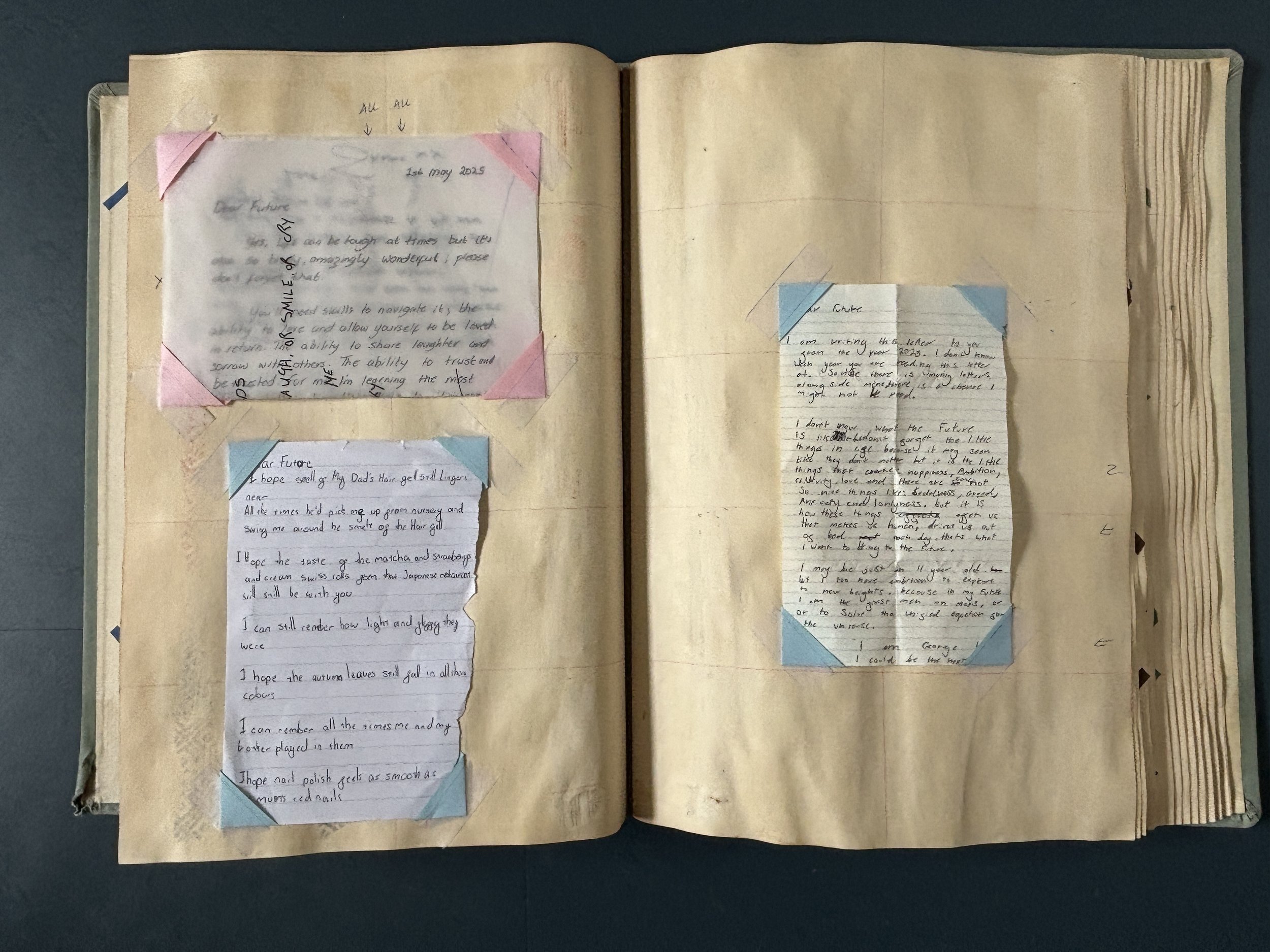
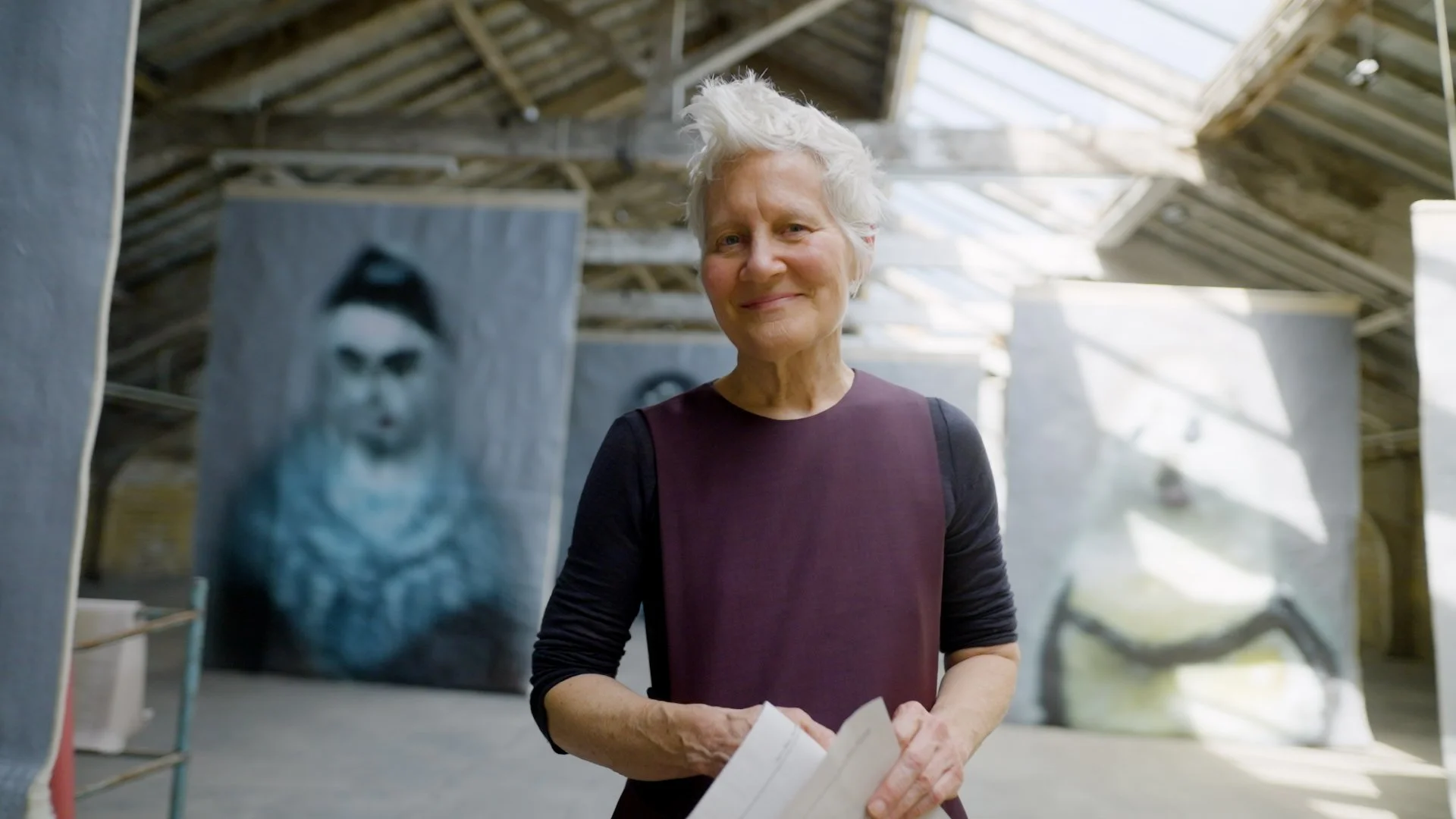
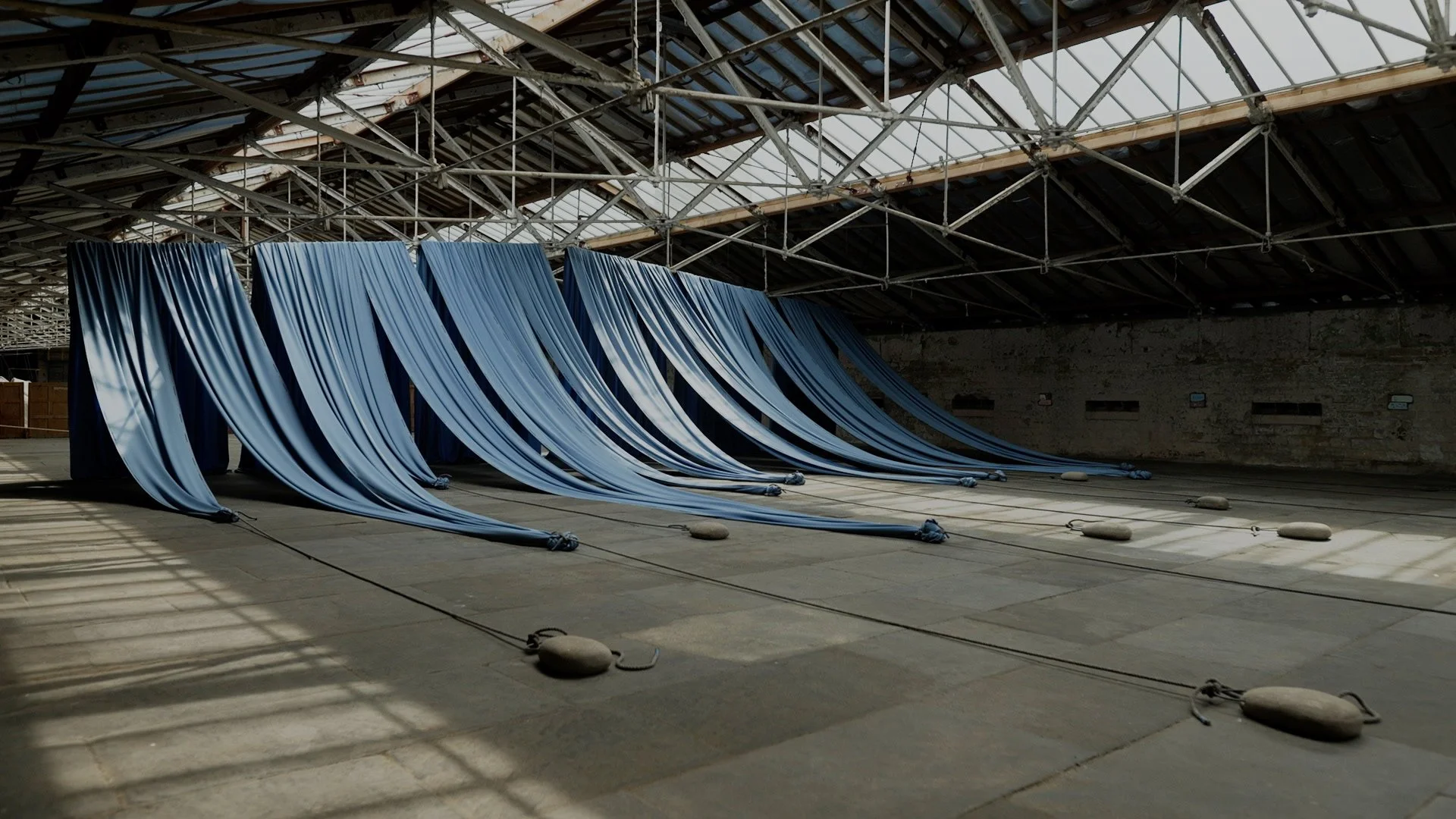

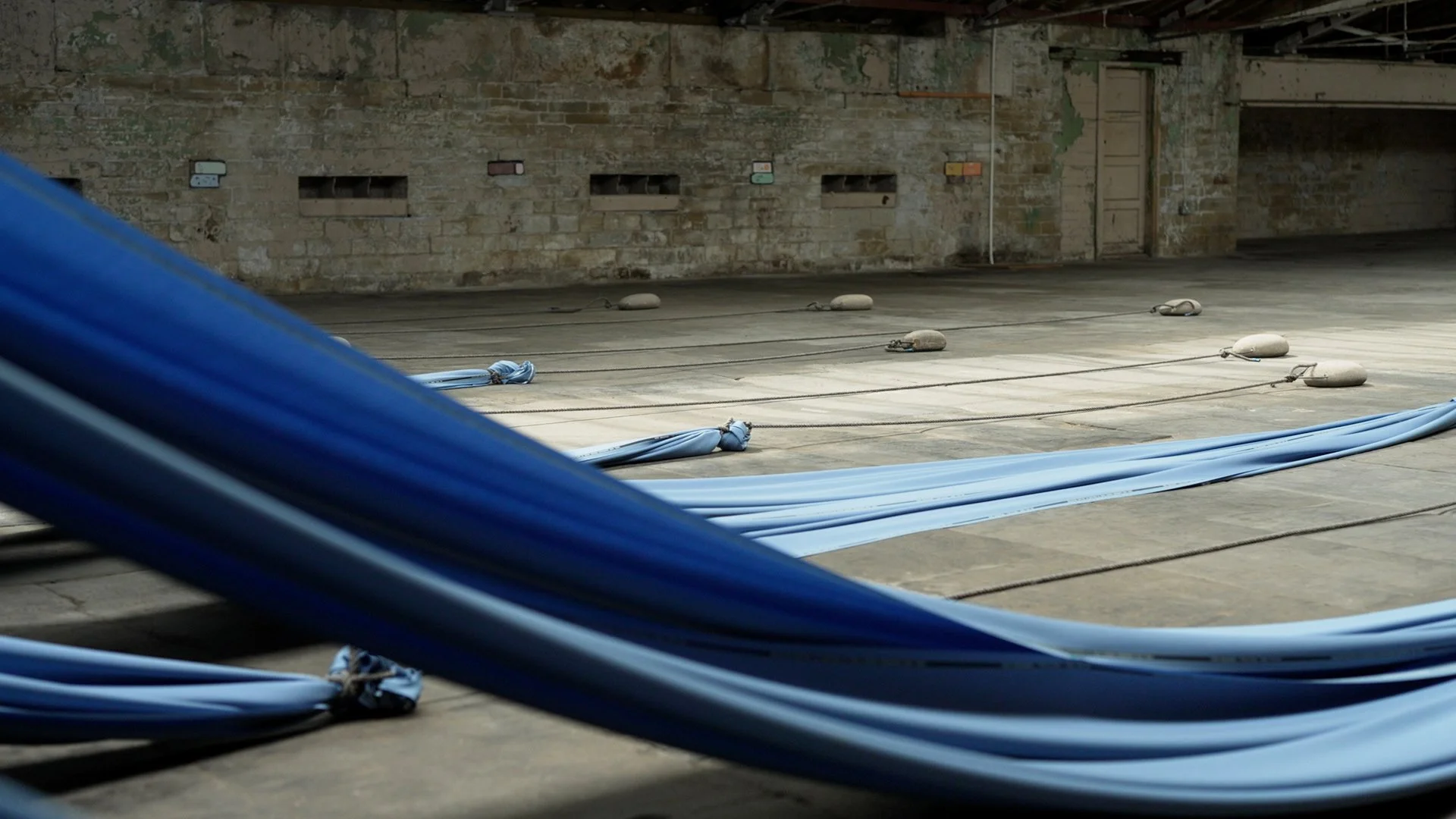

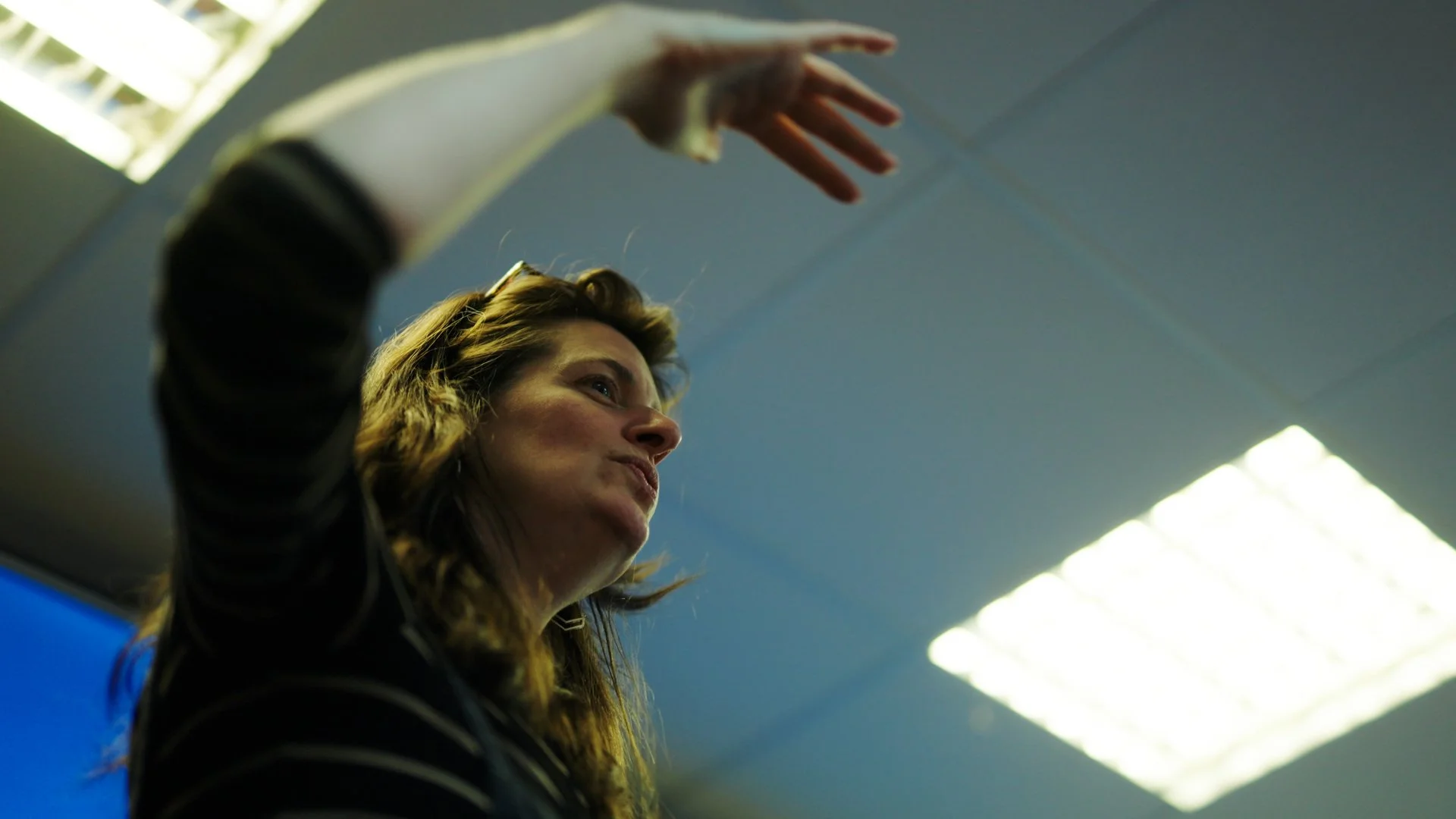
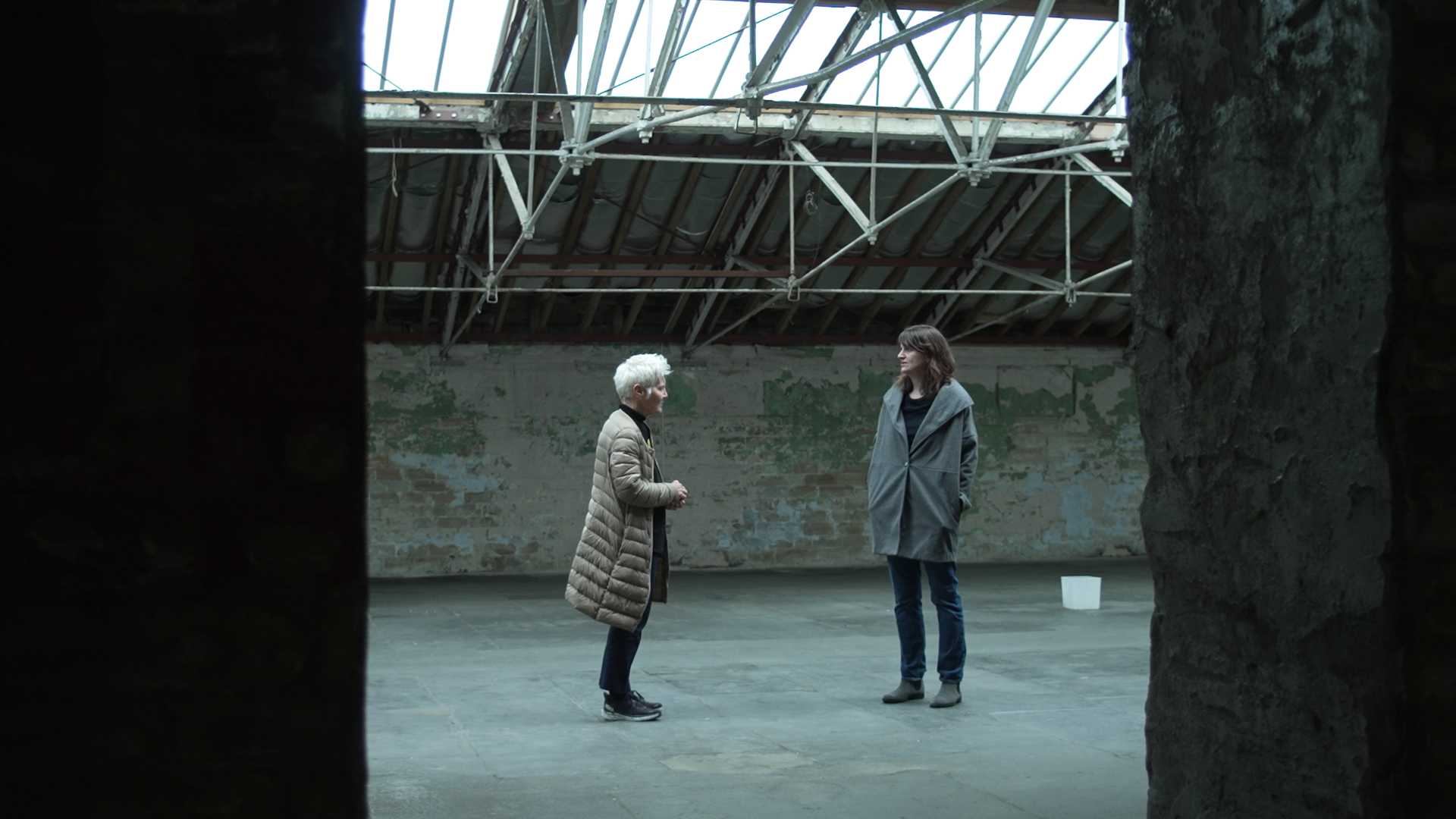


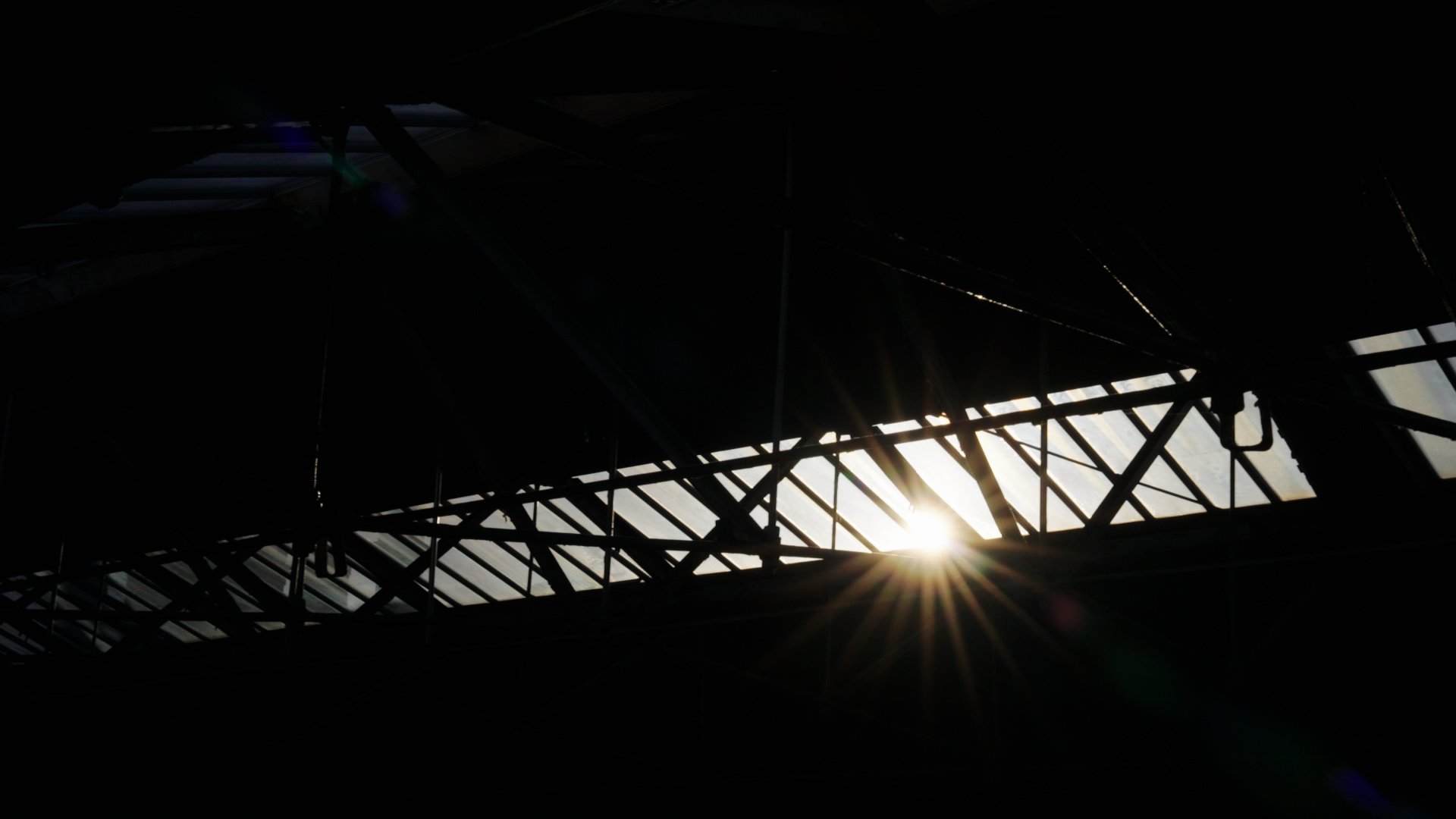
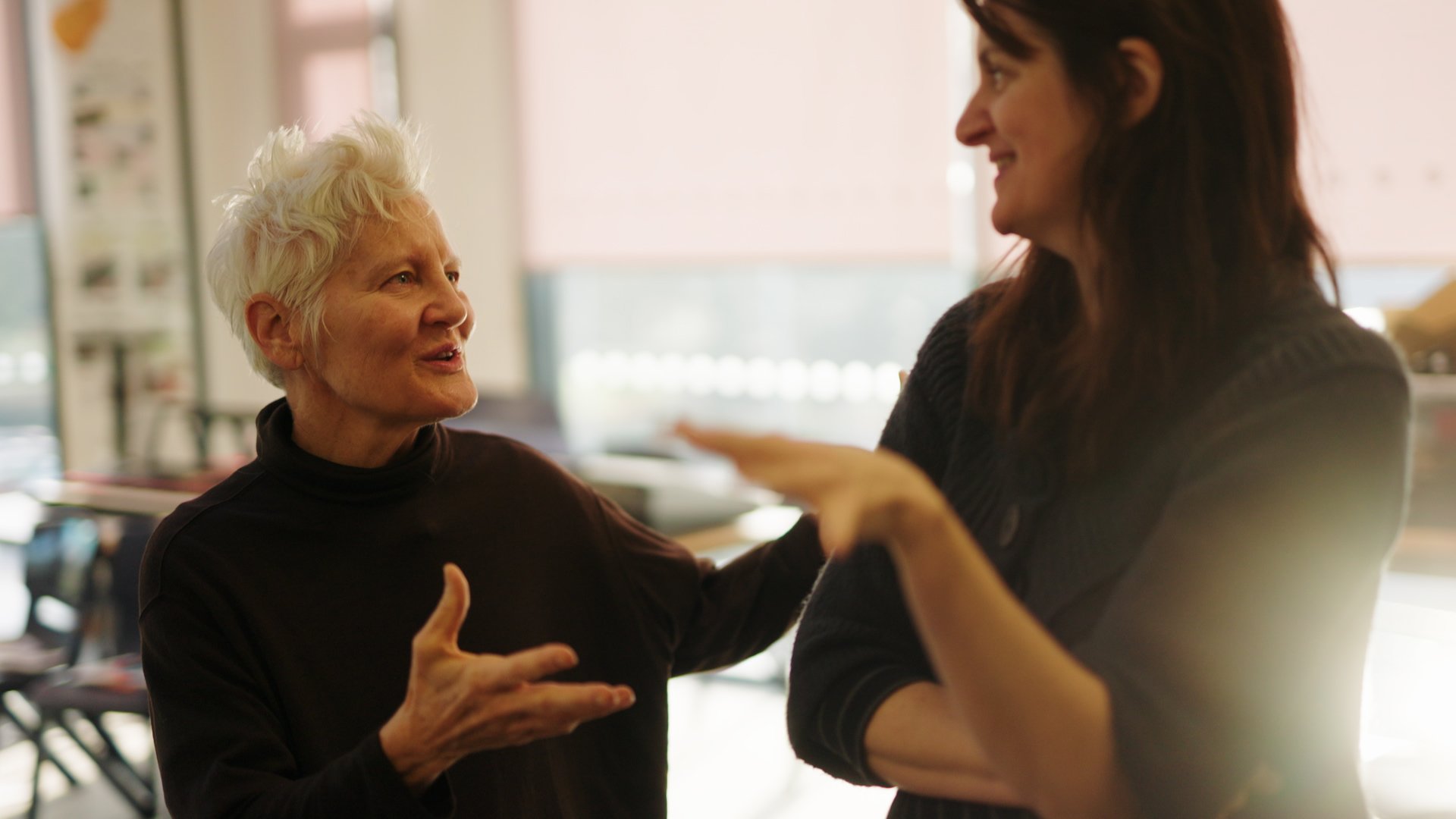
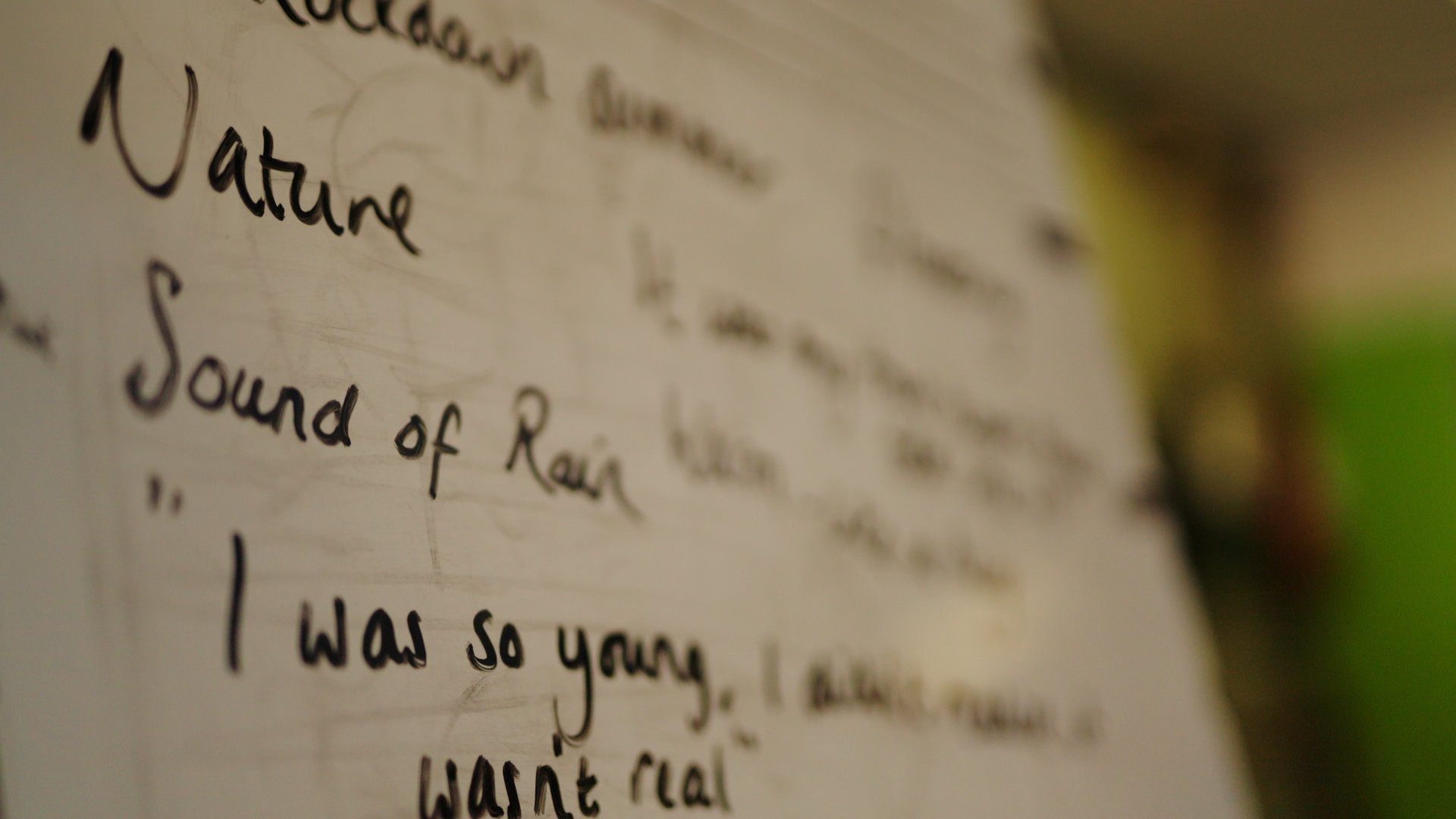
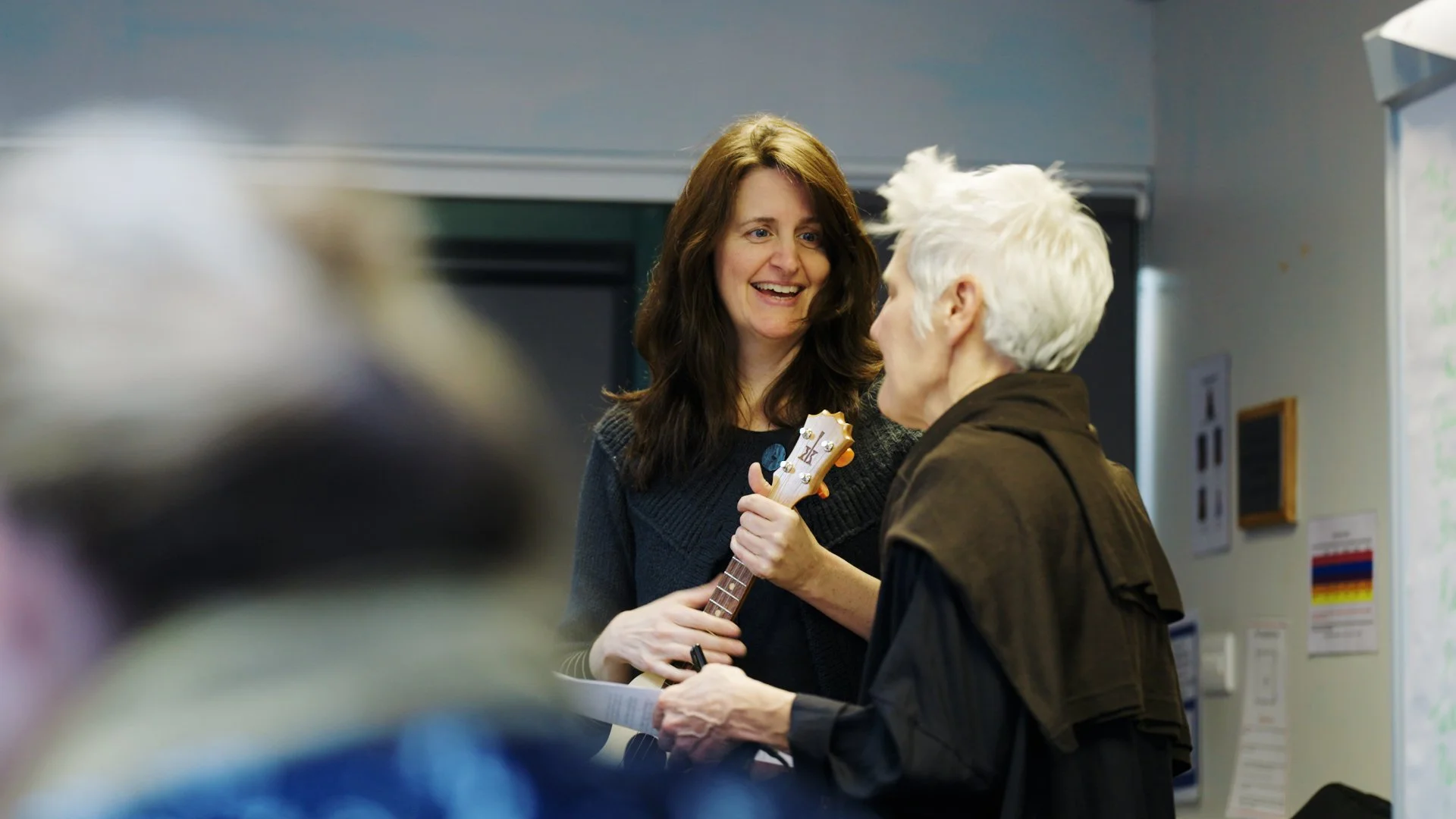
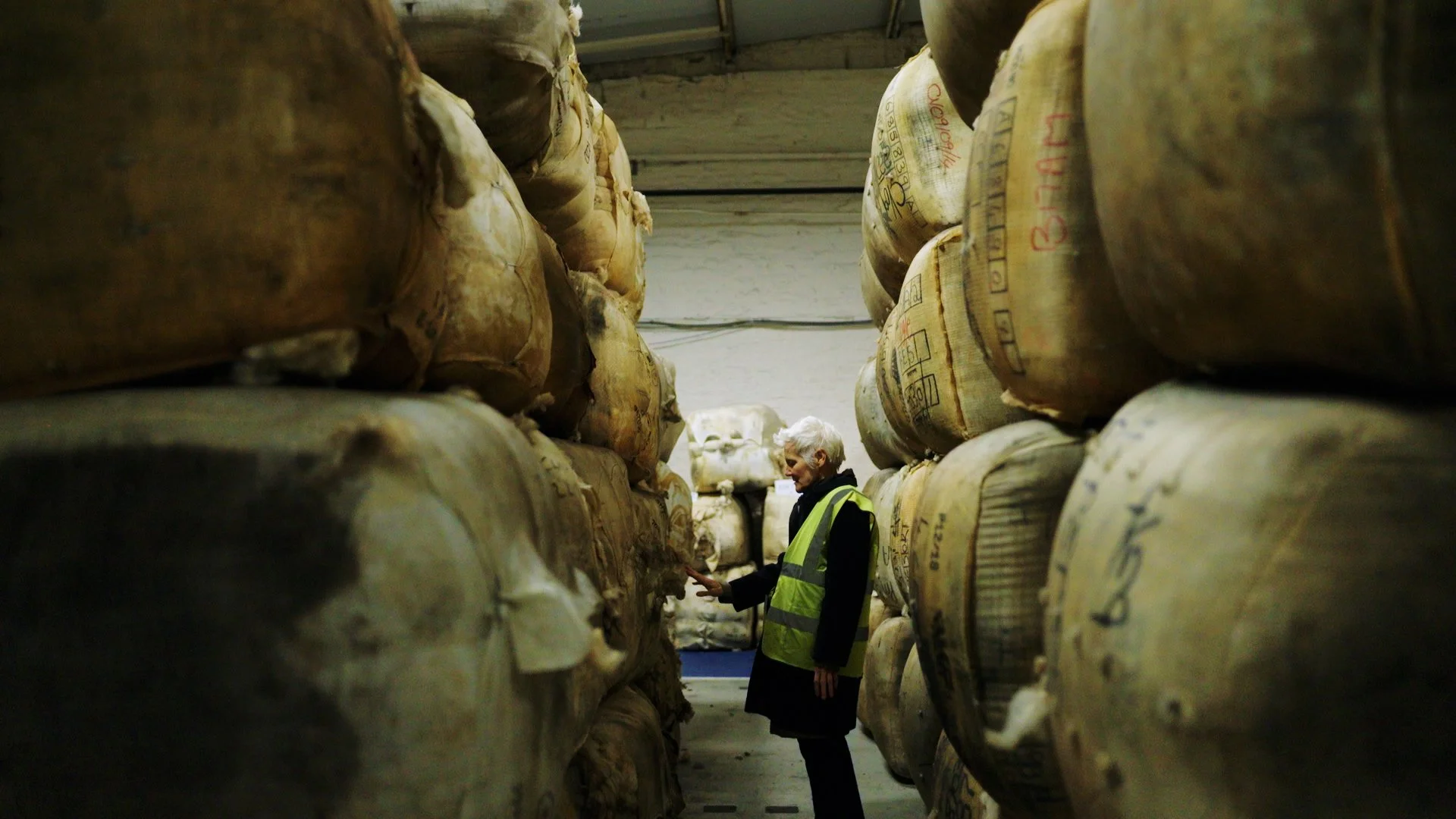
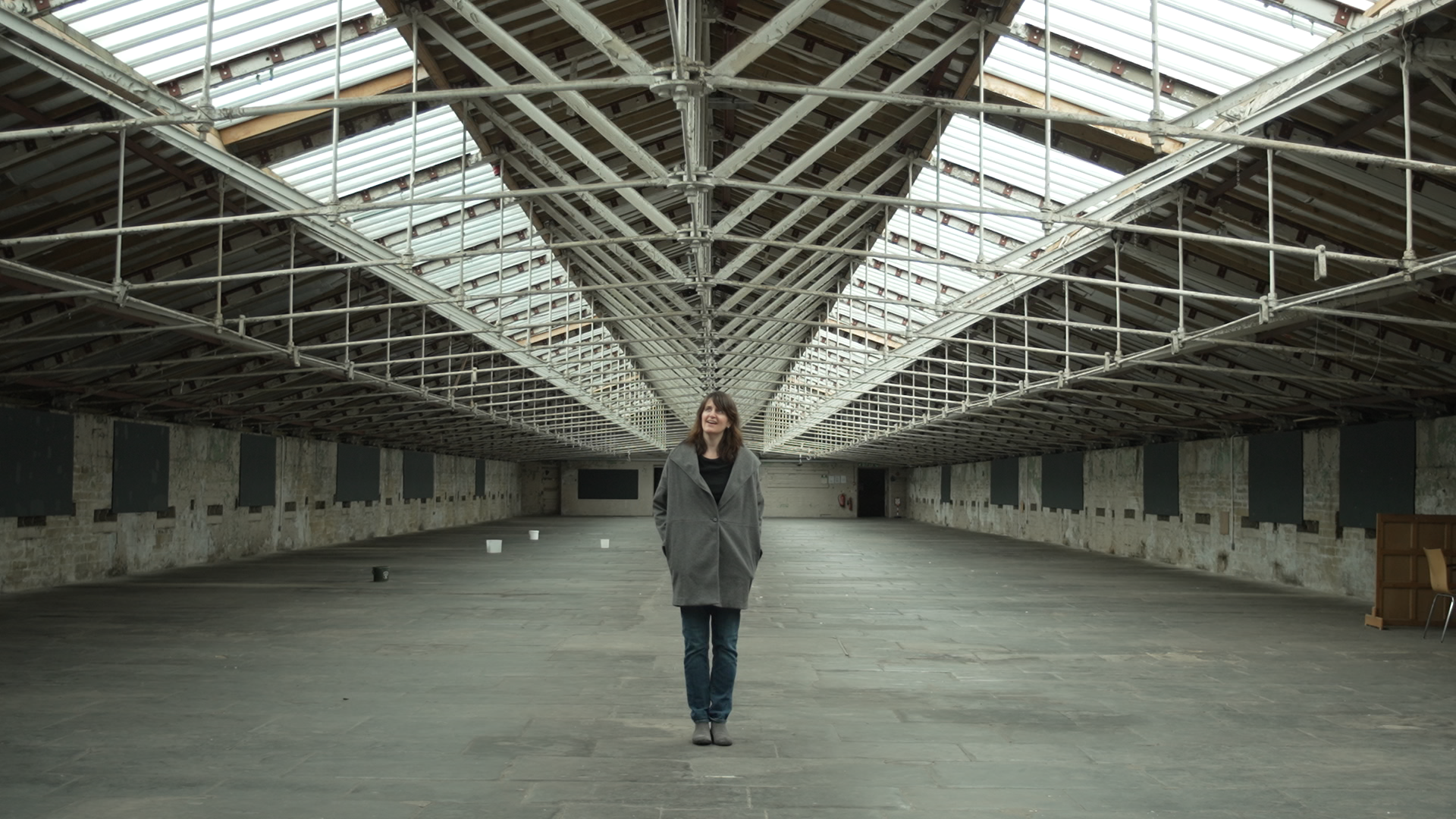

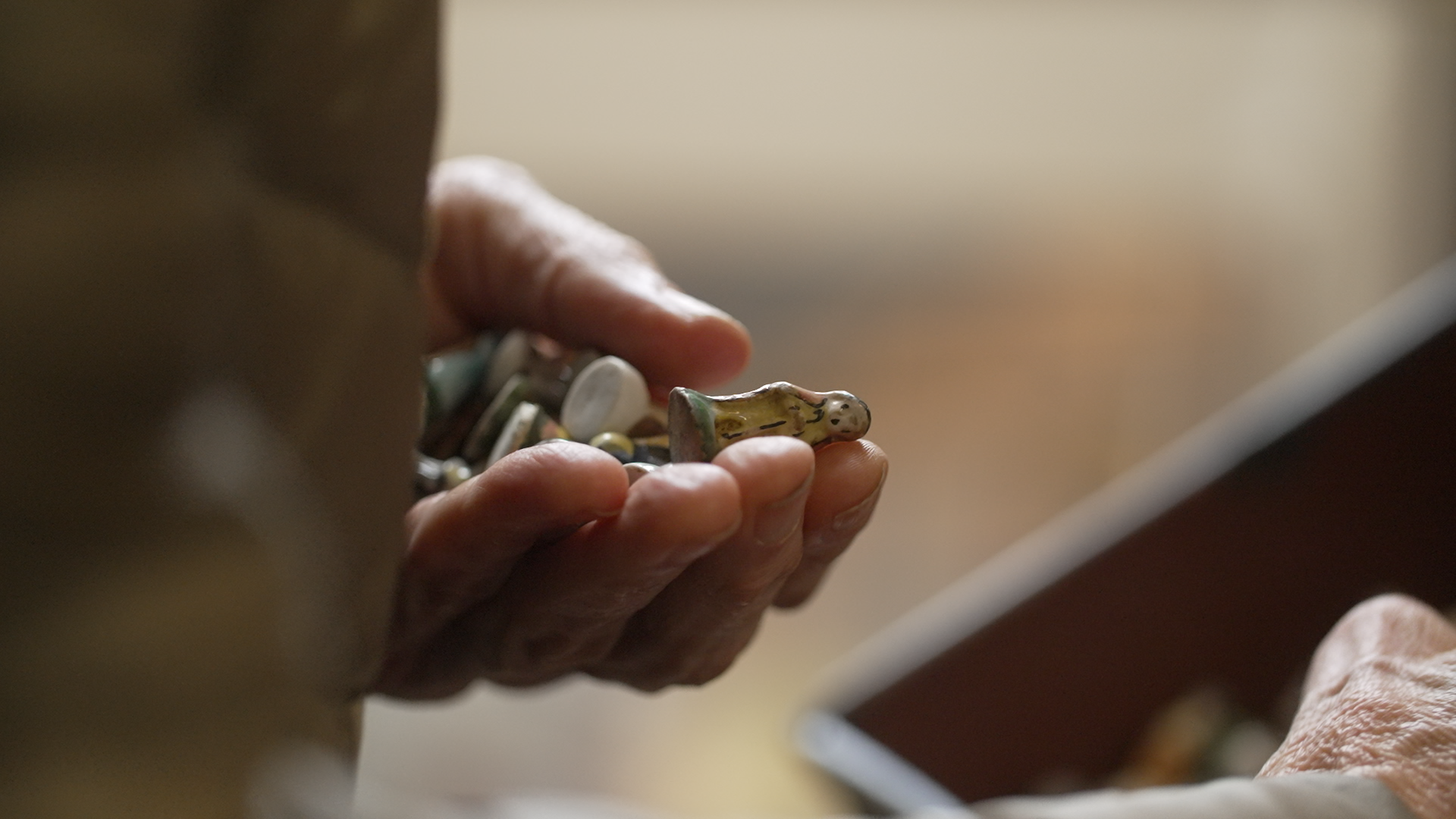
We Will Sing by Ann Hamilton
Curated by June Hill & Jen Hallam
Vocal & Music Emily Eagen
We Will Sing is a site-responsive installation created by artist Ann Hamilton across the vast upper floor of Salts Mill for Bradford 2025 UK City of Culture. Inspired by the textile processes that once filled Salts Mill, Hamilton’s lyrical project weaves relationships between the atmospheres of the architectural spaces and the tactility of voices and images with the hand of wool cloth from local textile companies H. Dawson and William Halstead.
We Will Sing is a work of memory and imagining. It honours the district’s heritage as a world centre of the woollen industry with wool, raw and woven, figuring prominently as fleece, curtain, clothing and felted image. In Hamilton’s words: ‘Wool, central to innovative work on regenerative practices in textiles, farming and land husbandry, is the past and the future.’
Two of the roof spaces resonate with sound, created by Hamilton with vocalist Emily Eagen. In the former spinning room, once filled with the deafening sound of machinery, we hear Eagen’s improvisational humming, whistling and singing of a 13th-century English folk song projected from the mill’s original revolving horn speakers. On the canal side of the mill, vinyl records play a ‘song for the future’ jointly composed from recordings made with the local community during workshops and at with Heaton St Barnabas’ C of E Primary School, Titus Salt School, Heaton St Barnabas Armchair Aerobics Group and Friends, Song-Geet, and See and Know Toddler Group at St Peter’s, Shipley.
By contrast, the middle roof space is materially dense, containing a forest of large felt-mounted images that Hamilton calls ‘figures of luck’. The relationship between the gigantic and the miniature has long interested Hamilton, and her discovery of fève figures at Salts Mill stimulated these works. Small ceramic figures traditionally baked into cakes as symbols of good fortune, the fèves have been scanned and enlarged to monumental size, forming the audience for the community of readers invited to sing or read to the future as part of the ongoing animation of the project.
For Hamilton, cloth and choral music are intrinsically tactile and democratic, each formed from individual threads or voices. This is how We Will Sing has been made: it is a weaving of separate voices, creating a chorus. Please take a copy of the free We Will Sing broadsheet newspaper distributed throughout the project and please contribute your voice by using one of the letter-writing boards to share something you love that you think the future needs to know and remember as a place of possibility.